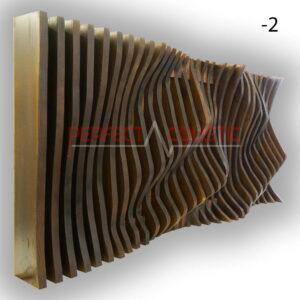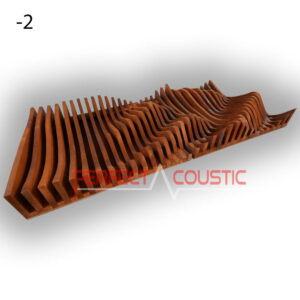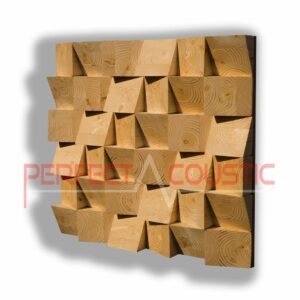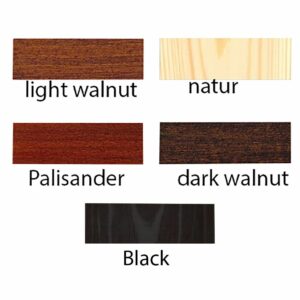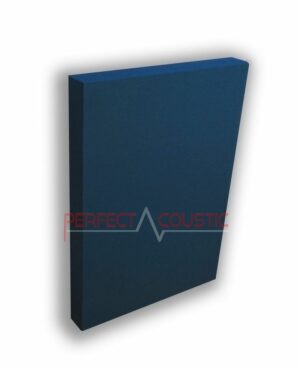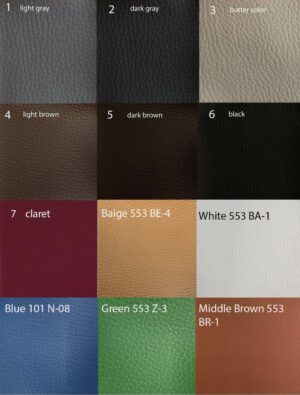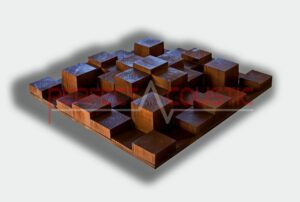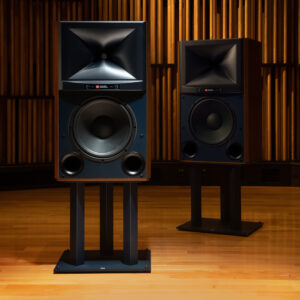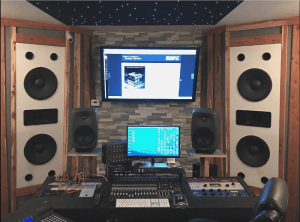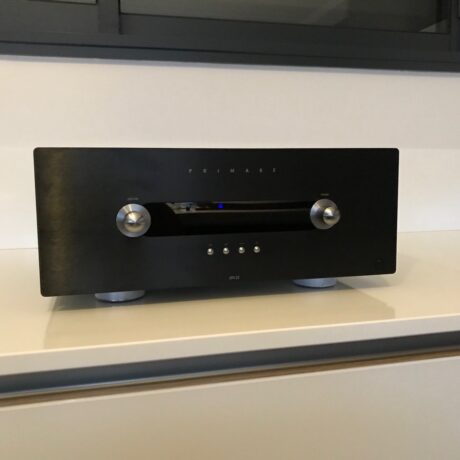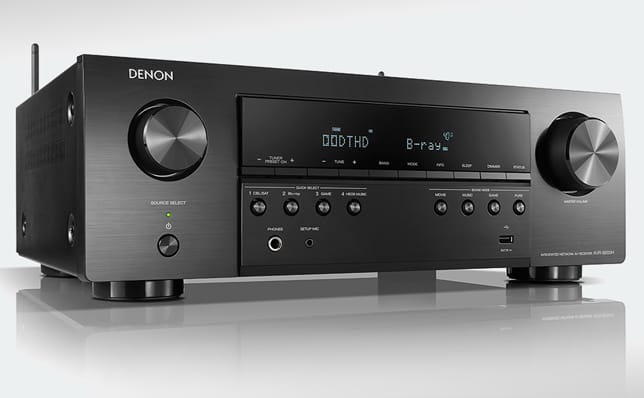Clash of Rode NT1-A and AT2035 studio microphones!
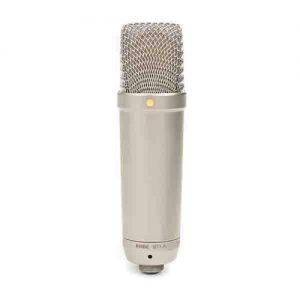
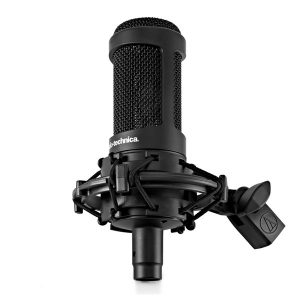
One of the most important equipment of sound recording studios is the microphone. You can choose from several types of microphones, depending on what purpose you want to use them for. We compared the Rode NT1-A and Audio Technica AT2035 microphones in our latest test.
-
Parametric Wall Art Panel (Diffuser)327 € – 426 € +Vat
-
Wood Acoustic Diffuser 60x60x6cm108 € – 140 € +Vat
About microphones
A microphone is an electroacoustic converter that converts airborne vibrations into electrical signals. When in contact with sound waves, the membrane of the microphone generates tiny vibrations and converts them into electrical signals. The invention of the microphone is related to Alexander Graham Bell’s telephone, and the first carbon microphone was invented by Thomas Edison in 1876.
Cardioid characteristics
The pattern of sensitivity of cardioid microphones is heart-shaped, hence the name. Cardioid microphones are equally sensitive to sound from the front and from the rear, but have great rejection for sound coming from the sides, therefor, they can filter out external noises well.
Rode
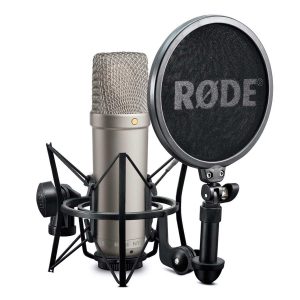
RODE Microphones was founded by Henry and Astrid Freedman in 1967. Based in Australia, the company designs and manufactures microphones and accessories. Their microphones are used in professional and home studios, on stage, or for recording the sound of movies. They are often used to serve as overhead mounted stage microphones to record drum, foot drum, vocal, and chorals. They have been exporting to the United States for more than 25 years, and their products have been exported to more than 30 countries since 1998.
The NT1-A microphone won the Editor’s Choice Award in 2004 as the world’s quietest microphone! Its noise level is only 5 dB, which is really impressive. The frequency range is 20 Hz to 20 kHz, the impedance is 100 Ohms. The signal-to-noise ratio of the aluminium, rugged metal audio device is 4.5 dB. It has an integrated Rycote Lyre vibration damper and the best double-layer metal filter. The maximum sound pressure level (SPL) is 13 Db. The Rode NT1-A is a cardioid microphone, which means it transmits the sound from front of it, thus effectively separating it from the background noise as well as the room’s own sound. It is an extremely sensitive microphone, consequently it is absolutely necessary to eliminate all background noises! The manufacturer gives a 10-year warranty on the microphone, which reveals quite a lot about its quality.
Acoustic treatment is essential!
In the studios, the sound recordings will only be of good quality if we take care of the acoustic treatment of the room. An even and clear sound can be achieved by using sound-absorbing and diffuser acoustic panels. Even if we equip our studio with the best and most expensive audio equipment in the world, in the absence of ideal acoustics, the quality of recorded sound will be disappointing. We cannot emphasise enough the importance of acoustic treatment!
The NT1-A supplied a wide dynamic range, clear sounds and details and we witnessed extra liveliness in the vocals, in the case of the instruments we felt this sharpness to be excessive. Nevertheless, we observed a widely acceptable, beautiful sound, featuring balanced mid-ranges, and airy, bright trebles.
-
Bass acoustic wall panels with double leather membrane83 € – 260 € +Vat
-
3D acoustic diffuser 70x70x10cm122 € – 139 € +Vat
AT2035
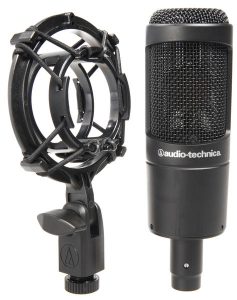
Audio Technica was founded by Hideo Matsushita in 1962. The AT2035 microphone we tested, like the Rode, is a cardioid, large-diaphragm condenser microphone, the frequency response is between 20 Hz and 20 kHz, the maximum sound pressure level is 148 dB, and the signal-to-noise ratio is 12 dB. It has XLR outputs. Available with anti-vibration microphone holder and bass filter. Made of solid metal material. The Japanese instrument had a dynamic, precise sound, and the vocals and instrumental music it recorded also sounded clear and beautiful.
Both microphones were tested under the same conditions. Because they are cardioid microphones, also known as frontal microphones, they are primarily used for live recordings. They are among the most common microphones, the only drawback being that if placed too close to the source, they tend to colour the deeper frequencies, which is why how we place them is essential. Sounds and noises coming from the side and the back are filtered out. The testing site was a sound recording studio that was roughly 20 square feet in size. The acoustic conditions of the studio were optimal, with broadband elements and sound-absorbing and diffuser acoustic panels on the walls, and a soundproof curtains in front of the window.
Verdict
Both microphones are high quality with excellent dynamics and sound. Although the price is higher than that of the AT203, the Rode microphone came out winner of the competition because of the 10-year warranty manufacturer provides, the built-in vibration damper, and the XLR cable that comes with the product. The minimal self-noise makes it almost unique among similar audio products. We recommend it primarily for recording vocals. In the case of microphones, acoustic handling of the studio is essential, otherwise sensitive microphones will pick up unwanted background noises, resulting in poor sound quality.
G.H.

